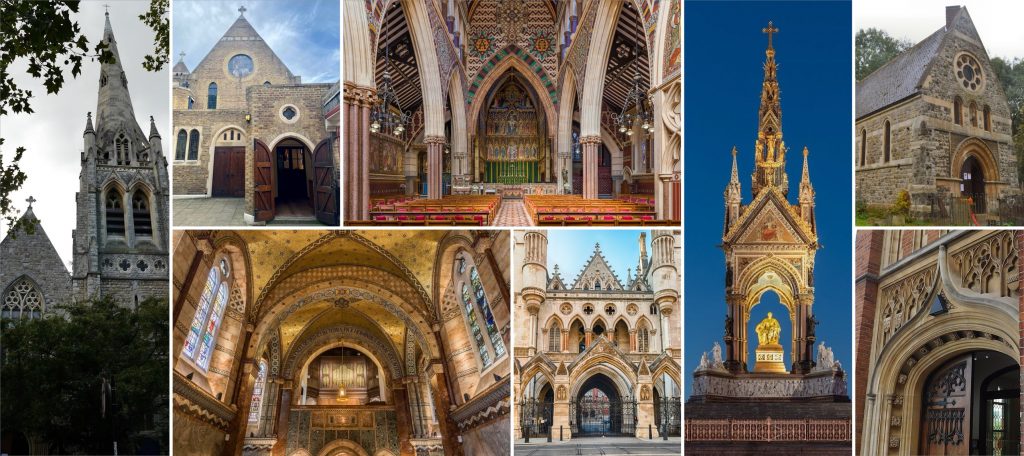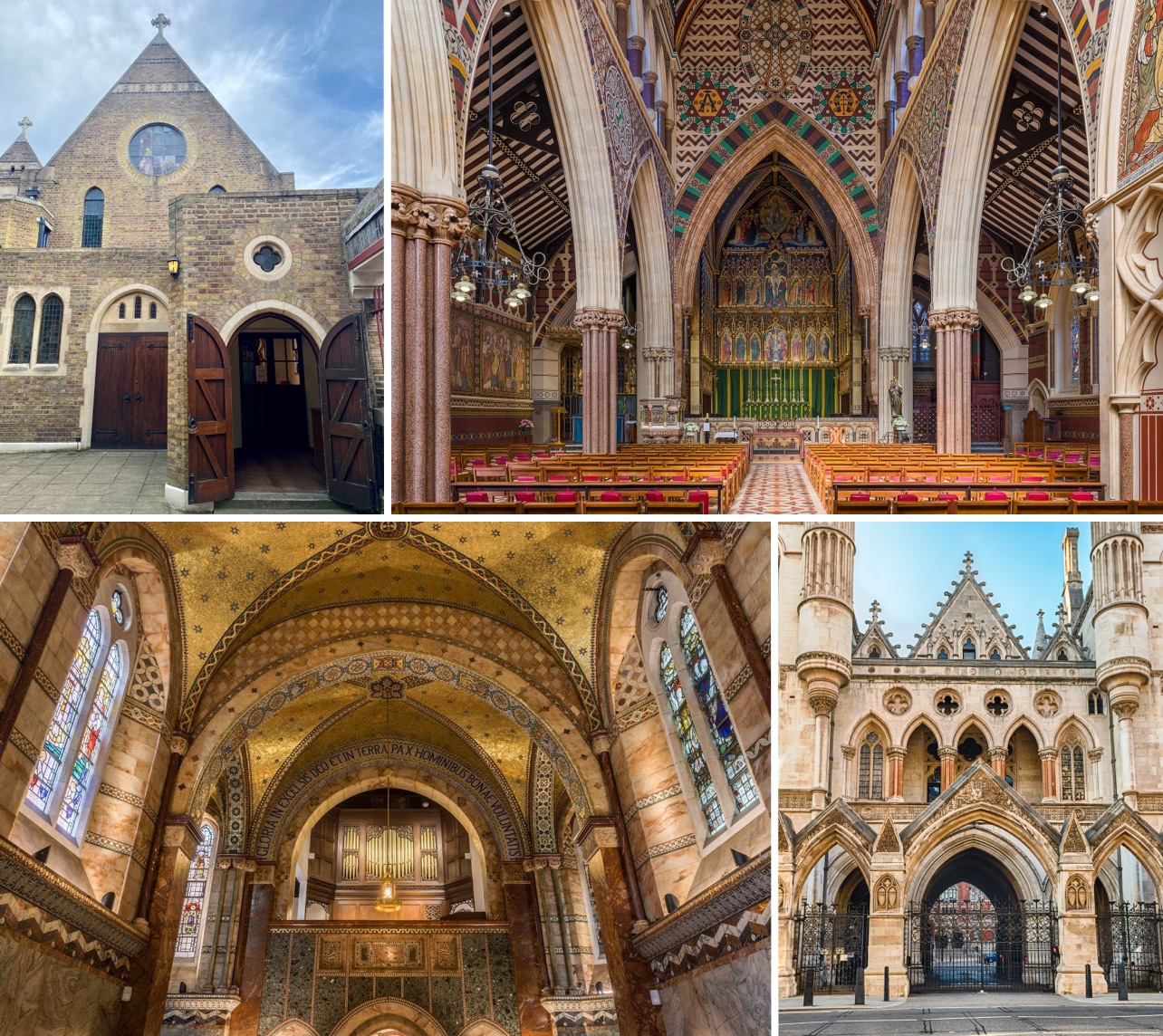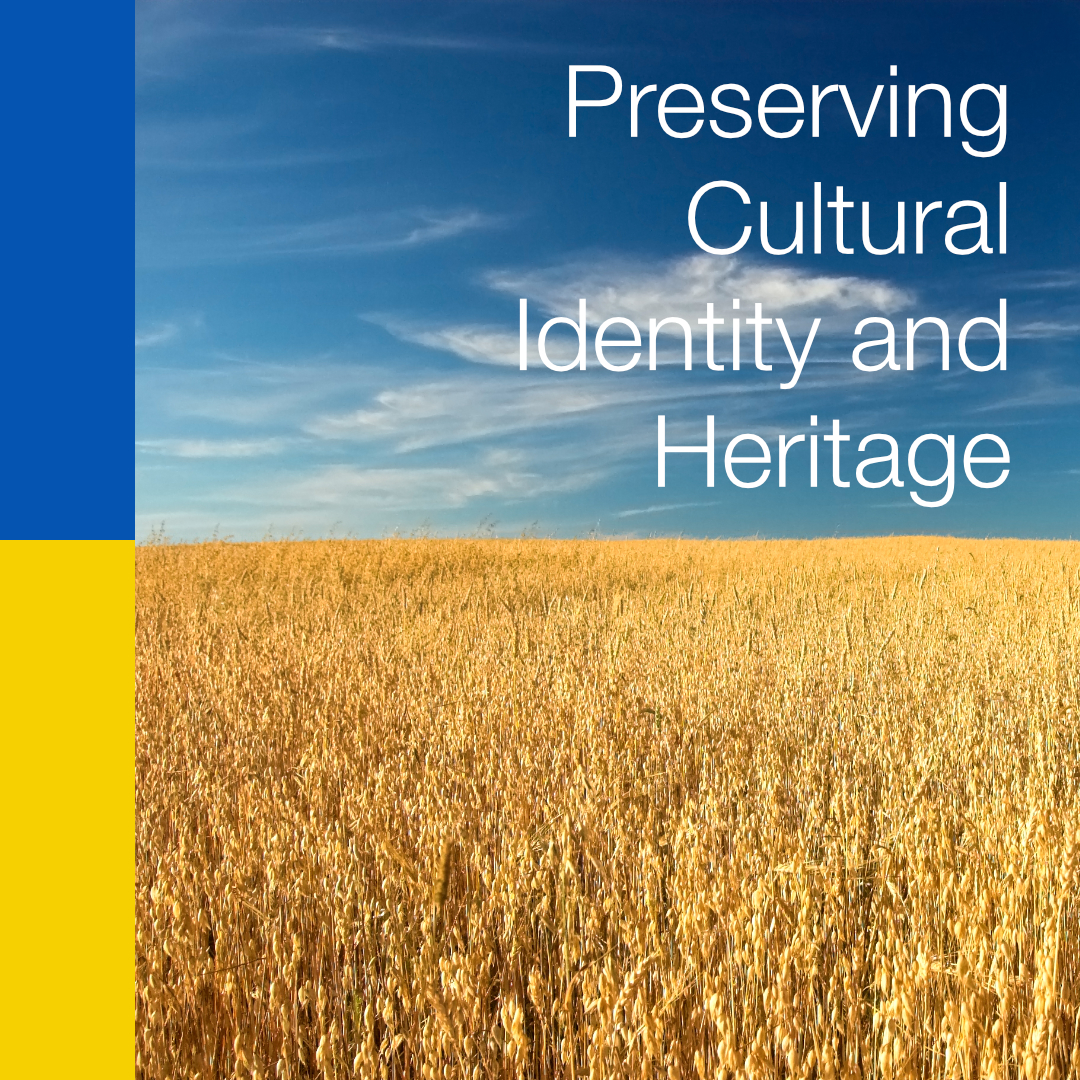New generations of digital content creators have the opportunity to explore geospatial media and its potential using Hexology. Karan Nimsons is a hot King’s College London MA Digital Humanities graduate, who has produced a stunning collection about Neo-Gothic Architecture in London. His fascination with the history and development of London, its rich culture, ancient and modern architecture, as well as its contemporary heritage, is expertly woven into his interpretation of London’s Hidden Histories. A writer and editor at Strand Magazine, his natural and sophisticated writing style lifted the cover letter and application he submitted to the Global Digital Citizenship and Digital Cultural Curation of Global Heritage Internship at Hexology; and his trajectory as a free-lance communications strategist and cultural heritage curator is bright. Here is his introduction to his “Neo-Gothic Revival in LDN” collection and his thoughts about creating geospatial content with Hexology.
London’s Neo-Gothic Architecture and their hidden histories with Hexology by Karan Nimsons
The curiosity to investigate the past and stand in the echoes of history is a common desire, however as time passes, the individual intricacies and historical legacies which shape the influence of these heritage sites are often lost to time. Becoming a form of lost ‘data’ hidden from view. It is this desire to explore this hidden dimension of heritage and its role in the formation of contemporary culture which attracted me to the Global Digital Citizenship and Digital Cultural Curation of Cultural Heritage internship at Hexology.
Having stepped into the project as an intern on the London Architecture team, I found myself quickly immersed in the unique opportunities Hexology has to offer. As a service, the platform allows users to ‘tag’ locations with short, informational posts that typically illuminate hidden details and/or provide additional context. Thereby helping to support anyone with an interest in diving deeper into the living echoes of time that surrounds them. Focusing on the iconic architecture of our capital, we all had the choice of selecting to work within three specific domains and the flexibility to define our own subject matter – balancing research and interpretation with publishing micro-facts.
Curating a collection with Hexology isn’t just a typical form of social content as we know it!
Tagging disparate fragments and lost stories into real, physical locations using Hexology’s geospatial micro-blogging platform, the team of interns produced unique collections. Each targeted personalised topics such as – brutalism, ‘urban hacking’, abandoned infrastructure and the neo-gothic revival, all of which turned seemingly unconnected elements into a cohesive constellation of geospatial cultural heritage content with one primary purpose, to uncover hidden histories by ‘augmenting’ physical space with digital technologies.
My role encompassed multiple responsibilities: working as an independent researcher, content strategist and creator.
Much of our team’s focus was concentrated around examining an array of architectural themes which contribute to the experience of living in London. My collection focused on the Neo-Gothic revival that have defined many of London’s oldest ecclesiastical buildings as well as examining some more modern examples of this design phenomenon. The primary desire behind my collection was to expand the public’s consciousness around the ‘Gothic’ aesthetic, showing observers that these features are more than just an ‘empty’ design label but as elements that are instead rooted in historic convention. I wanted to create a collection that would help the reader understand the sophisticated design intricacy of the movement and reveal the many influences that define it, so that people can identify the architectural style and appreciate its origins. To view the collection inside the Hexology app click on the banner image below with your smartphone:
Neo-Gothic Revival in LDN

Showcasing the imprint of Gothic Sensibilities and the influences of the neo-Gothic movement in London’s Architecture
As a part of this self-mediated curatorial process, I was often faced with the task of distilling complex historical information into a more compressed, accessible form that could be widely disseminated to the public through the Hexology platform, and specifically its mobile app. This would serve as an important and valuable life skill which I have developed throughout the three-month project.
Taken together, what I love the most about Hexology as a geospatial digital media platform – and the breadth of opportunities it provides – is its ability to unlock access to local community, in turn allowing for the average visitor and the next generation of tech-savvy ‘digital natives’ who have high expectations, to immerse themselves within an historical experience in a new, innovative format that people are excited about!
Working as part of a diverse team where each of the interns were on projects operating within vastly different perspectives allowed us to expand the breadth of our work. By stepping out of the ‘theoretical bubble’ to engage with a critical player showcasing novel practices in an emerging industry, reaffirmed to me the importance of structured cooperation between commercial industry and the heritage community. This internship project worked not only to champion the enhanced possibilities provided by Hexology’s immersive platform and expand the horizons and accessibility of cultural heritage.
I am exceptionally happy to have worked so closely with Darrel Butlin, the founder and CEO of Hexology, whose careful instruction and dedicated feedback and support were essential in pushing forward towards progress. His vision for what both Hexology and what we as interns could accomplish in such a short time was essential in making the experience and the collections we produced a resounding success.
Curating a collection with Hexology isn’t just a typical form of social content as we know it, instead, it is a living, active reminder of the hidden aspects of culture which are around us; of the forgotten stories and in my particular case, the purposeful architectural design decisions that make the ordinary iconic. This initiative has an incredible potential to grow and expand even further, having already shifted how research, design and creative production has the ability to influence the information future generations will have access to in the years to come.
I and my fellow interns have already contributed to that future!
Karan Nimsons is a free-lance writer, editor, content strategist and communications manager with a focus on cultural heritage and digital curation. LinkedIn: https://www.linkedin.com/in/karan-nimsons/






